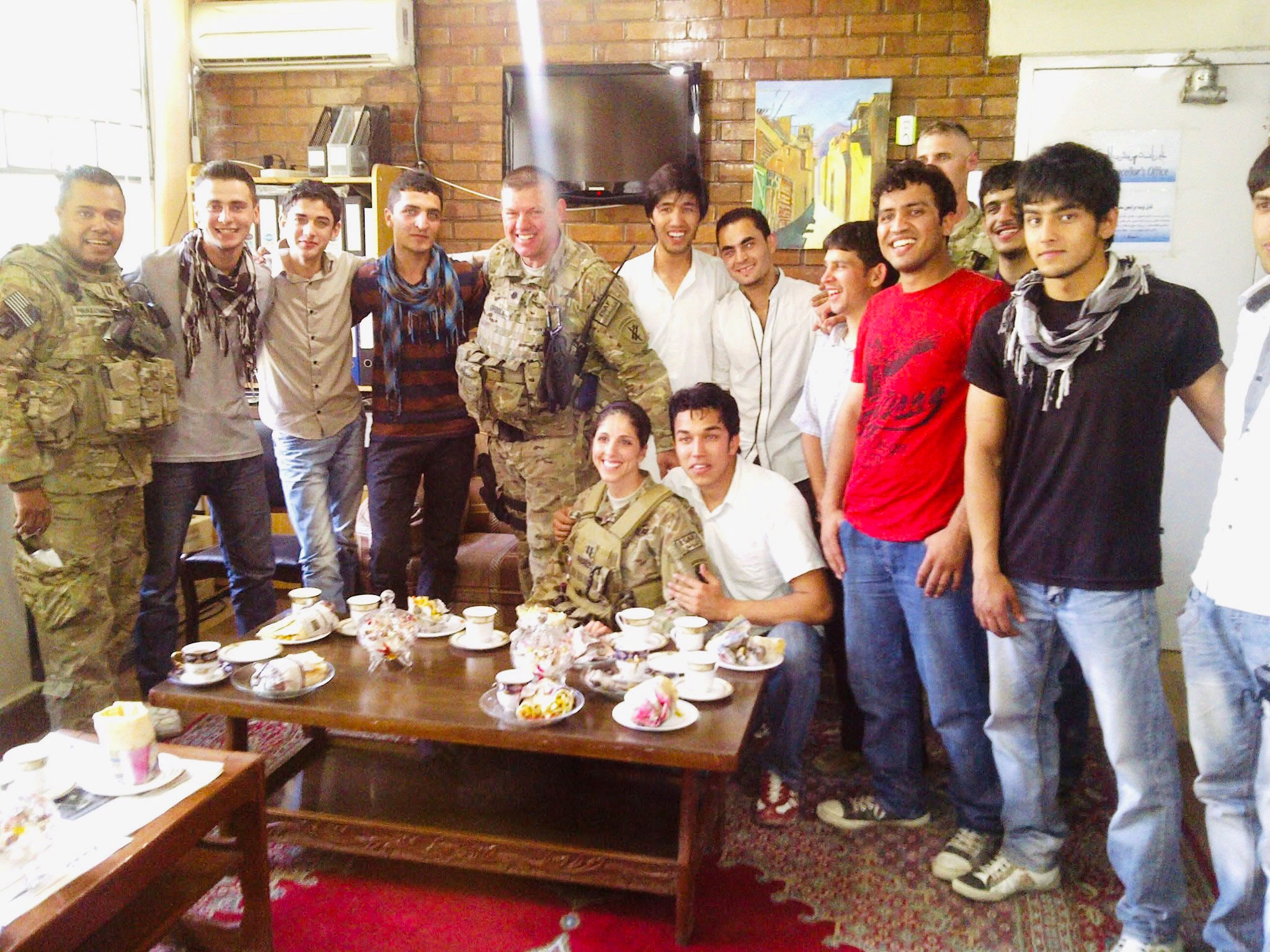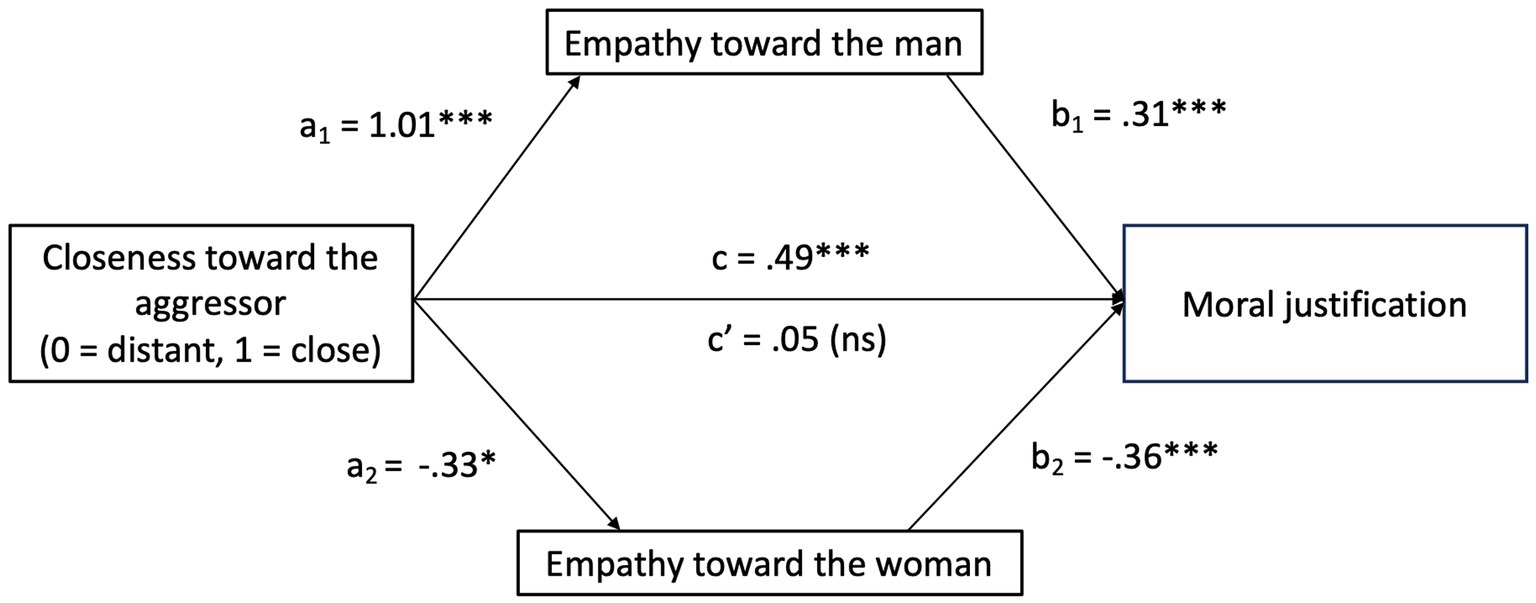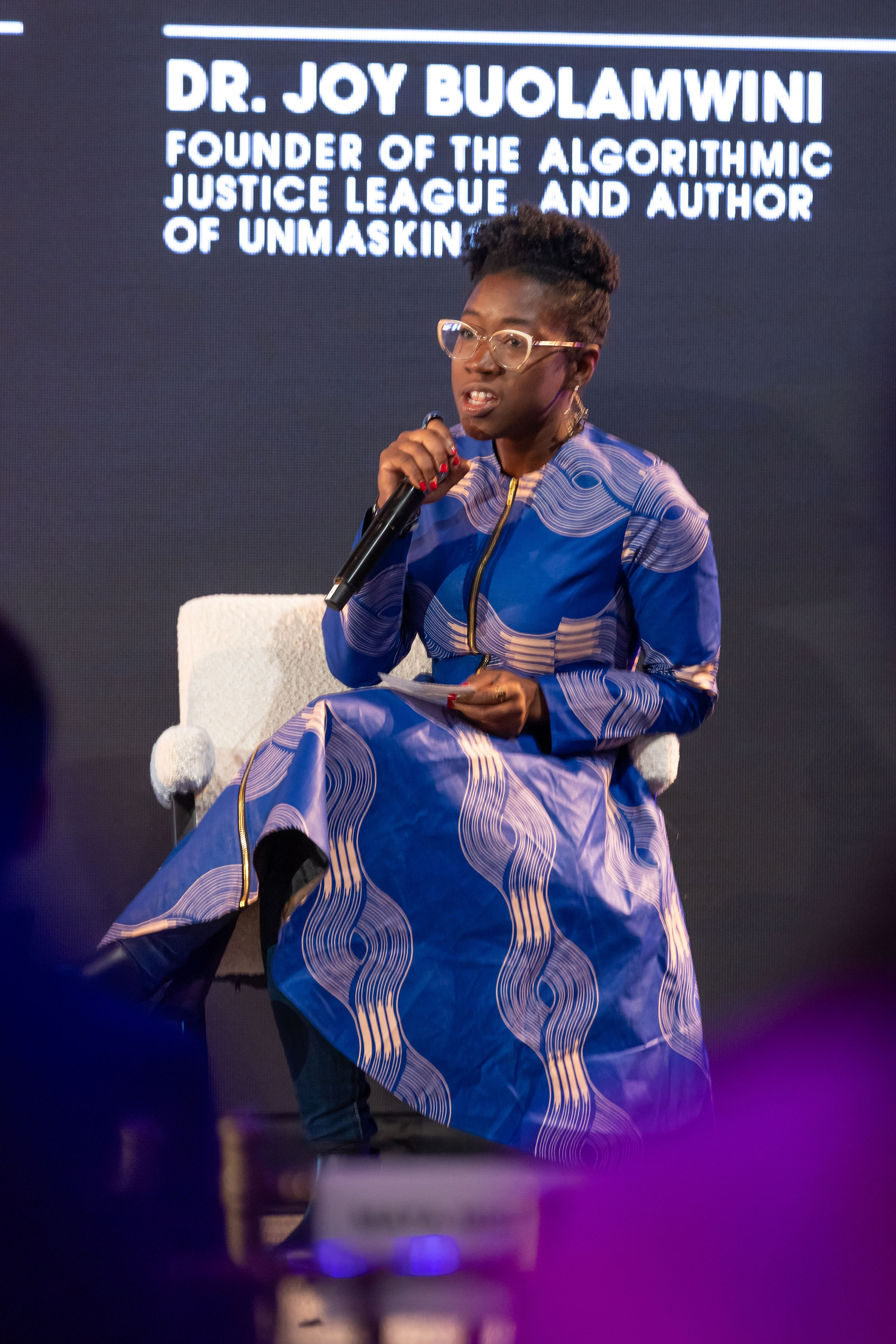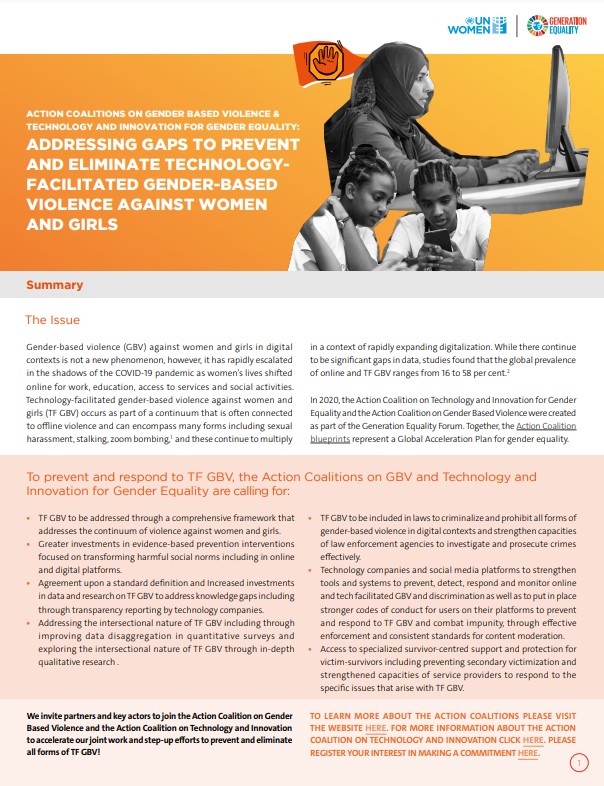Report on Systemic Barriers to Sustainable Development Goals in Chad
Executive Summary
A briefing before the United Nations Committee on the Elimination of Discrimination against Women (CEDAW) highlighted significant challenges to Chad’s progress on key Sustainable Development Goals (SDGs), particularly SDG 5 (Gender Equality) and SDG 16 (Peace, Justice, and Strong Institutions). Civil society representatives reported a critical disconnect between national legislation against gender-based violence and its practical implementation, undermining the nation’s commitment to sustainable development.
Challenges to SDG 5: Gender Equality
Representatives from the Chadian League for Women’s Rights and the Lutheran World Federation (LWF) detailed how the lack of enforcement of existing laws directly impedes the achievement of SDG 5. The core issues identified include:
- Failure to meet Target 5.3: The continued prevalence of harmful practices, specifically female genital mutilation (FGM) and early marriage, despite laws criminalizing them.
- Failure to meet Target 5.2: Widespread and systemic violence against women and girls persists due to a lack of state-enforced protection.
- Failure to meet Target 5.c: While policies and legislation for gender equality exist on paper, the failure to enforce them renders them ineffective, demonstrating a lack of institutional commitment.
Impediments to SDG 16: Peace, Justice, and Strong Institutions
The report from the briefing underscores critical weaknesses in Chad’s institutional framework, which directly obstructs the advancement of SDG 16. The primary obstacles are:
- Lack of Rule of Law (Target 16.3): A culture of impunity for perpetrators of gender-based violence is systemic. Government officials are reported to publicly condemn practices like FGM while privately endorsing them as cultural traditions, thus eroding the rule of law.
- Ineffective and Non-Inclusive Institutions (Target 16.6 & 16.7): The failure to enforce laws indicates that state institutions are not accountable or effective in protecting the rights of women and girls.
- Lack of Access to Justice (Target 16.3): Victims of violence are systematically denied access to justice, a fundamental component of SDG 16, due to the non-implementation of protective laws.
Conclusion and Call for Action
The testimony from Chadian civil society representatives constitutes an urgent call for action. It concludes that the mere existence of legislation is insufficient for achieving the Sustainable Development Goals. For Chad to meet its commitments under SDG 5 and SDG 16, it must prioritize the robust and consistent implementation of its laws, ensure accountability for all individuals, and bridge the profound gap between official policy and on-the-ground reality.
1. Which SDGs are addressed or connected to the issues highlighted in the article?
The article primarily addresses issues related to two Sustainable Development Goals:
-
SDG 5: Gender Equality
This goal is central to the article. The text focuses on the “elimination of discrimination against women,” the prevalence of “gender-based violence,” and harmful practices specifically targeting women and girls. The call by Chadian civil society representatives to uphold women’s rights directly aligns with the core mission of SDG 5.
-
SDG 16: Peace, Justice and Strong Institutions
This goal is relevant due to the article’s emphasis on the failure of the legal and justice systems. The text highlights that “a multitude of laws against gender-based violence are useless if they are not implemented,” pointing to a weakness in institutional capacity. The mention of “systemic impunity for perpetrators and lack of access to justice” directly connects to the aim of SDG 16 to promote the rule of law and ensure equal access to justice for all.
2. What specific targets under those SDGs can be identified based on the article’s content?
Based on the issues discussed, the following specific targets can be identified:
-
Targets under SDG 5 (Gender Equality)
- Target 5.2: Eliminate all forms of violence against all women and girls in the public and private spheres. The article directly addresses this target by highlighting the “violence that women and girls in Chad face” and the problem of “gender-based violence.”
- Target 5.3: Eliminate all harmful practices, such as child, early and forced marriage and female genital mutilation. This target is explicitly mentioned in the article, which lists “harmful practices like female genital mutilation and early marriage” as key issues.
- Target 5.c: Adopt and strengthen sound policies and enforceable legislation for the promotion of gender equality. The article’s core argument revolves around this target. It states that while there is a “multitude of laws meant to address gender-based violence,” in practice, “they’re not enforced at all,” indicating a failure in making legislation enforceable.
-
Targets under SDG 16 (Peace, Justice and Strong Institutions)
- Target 16.2: End abuse, exploitation, trafficking and all forms of violence against and torture of children. The practices of “female genital mutilation and early marriage” are forms of violence and abuse that predominantly affect girls, making this target highly relevant.
- Target 16.3: Promote the rule of law at the national and international levels and ensure equal access to justice for all. This is directly addressed by the article’s focus on “systemic impunity for perpetrators and lack of access to justice,” as well as the observation that laws are not enforced.
3. Are there any indicators mentioned or implied in the article that can be used to measure progress towards the identified targets?
The article does not cite specific quantitative data or official indicators, but it implies several key areas for measurement that align with official SDG indicators.
-
Implied Indicators for SDG 5
- Prevalence of female genital mutilation (FGM) and early marriage: The article explicitly names these as ongoing problems. Progress would be measured by a reduction in the proportion of women and girls subjected to these practices, which corresponds to official indicators 5.3.1 (early marriage) and 5.3.2 (FGM).
- Legal framework and enforcement level: The article’s central theme is the gap between law and practice. An implied indicator is the existence and, more importantly, the enforcement level of laws designed to protect women from violence and discrimination. The statement that “perpetrators should be punished” implies that the number of prosecutions and convictions for gender-based violence would be a key measure of progress.
-
Implied Indicators for SDG 16
- Rate of impunity for perpetrators: The mention of “systemic impunity for perpetrators” implies that a key indicator would be the proportion of reported crimes of gender-based violence that result in an investigation, prosecution, and conviction.
- Access to justice for victims: The “lack of access to justice” for women and girls is a critical issue raised. Progress could be measured by the proportion of victims of violence who report their victimization to authorities and their level of satisfaction with the justice system’s response, which aligns with indicator 16.3.1.
4. Table of SDGs, Targets, and Indicators
| SDGs | Targets | Indicators (as identified or implied in the article) |
|---|---|---|
| SDG 5: Gender Equality |
5.2: Eliminate all forms of violence against women and girls.
5.3: Eliminate all harmful practices. 5.c: Adopt and strengthen sound policies and enforceable legislation. |
Prevalence of gender-based violence.
Prevalence of female genital mutilation and early marriage. Level of enforcement of laws against gender-based violence; Number of prosecutions for FGM. |
| SDG 16: Peace, Justice and Strong Institutions |
16.2: End abuse, exploitation, and all forms of violence against children.
16.3: Promote the rule of law and ensure equal access to justice. |
Incidence of violence against girls (e.g., FGM, early marriage).
Rate of impunity for perpetrators of gender-based violence; Level of access to justice for female victims. |
Source: lutheranworld.org







